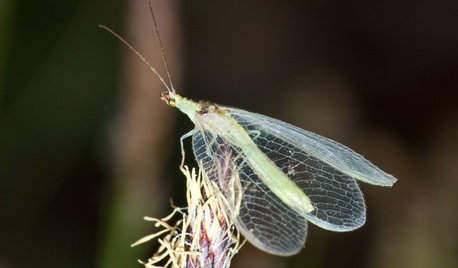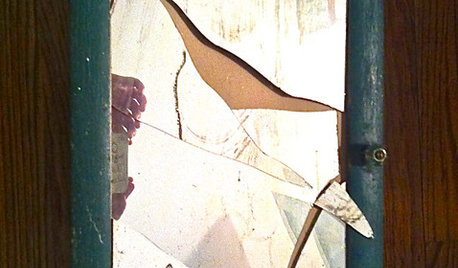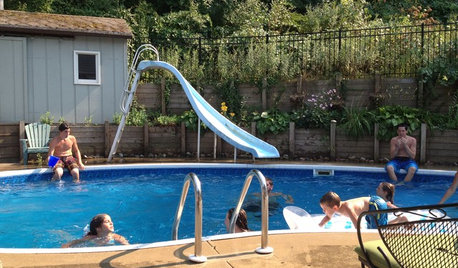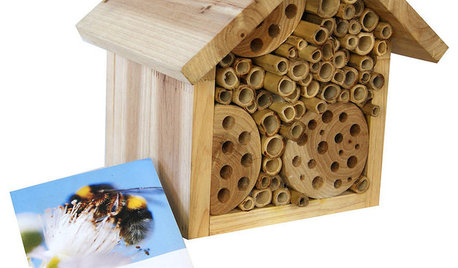Ladybug shelter
slowpoke_gardener
10 years ago
Related Stories

KITCHEN DESIGNKitchen of the Week: Open to the Outdoors in Ohio
A retractable wall and sheltered dining area let this Cincinnati kitchen embrace the landscape
Full Story
GARDENING GUIDESLook Out for Lacewings: Beneficial Insects Coming to a Garden Near You
Lacewings are delicate insects that produce alligator-like, hungry offspring that devour aphids and other garden pests
Full Story
LIFEDo You Believe in Luck Around the House?
Broken mirrors, spilled salt, an unavoidable ladder — superstitions don't seem to affect this homeowner. Knock wood
Full Story
PETSHouzz Call: Send in the Dogs
Have the greatest dog in the world? Share your best design photo featuring the dog you live or work with
Full Story
GARDENING GUIDESHow to Keep Your Citrus Trees Well Fed and Healthy
Ripe for some citrus fertilizer know-how? This mini guide will help your lemon, orange and grapefruit trees flourish
Full Story
GARDENING GUIDESAttract Hummingbirds and Bees With These Beautiful Summer Flowers
Roll out a welcome mat for pollinators to keep your landscape in balance and thriving
Full Story
LIFEHow to Make Your House a Haven Without Changing a Thing
Hung up on 'perfect' aesthetics? You may be missing out on what gives a home real meaning
Full Story
EARTH DAYHow to Help Your Town’s Beneficial Birds and Bugs
Make a habitat using local materials to provide a home to the creatures that help our gardens
Full Story
PRODUCT PICKSGuest Picks: 20 Ways to Play Garden Host to Birds and Bees
Perch some of these houses and feeders around your garden, and watch pollinators and feathered friends flock in
Full Story
GARDENING GUIDESLessons in the Rewards of Selfless Gardening
Let go of gardening for your own vision and watch the garden’s own true vision come forth
Full StorySponsored
Columbus Design-Build, Kitchen & Bath Remodeling, Historic Renovations
More Discussions







Okiedawn OK Zone 7
slowpoke_gardenerOriginal Author
Related Professionals
Maple Valley Landscape Architects & Landscape Designers · New Bedford Landscape Architects & Landscape Designers · Palm Springs Landscape Architects & Landscape Designers · Alpharetta Landscape Contractors · Brownsville Landscape Contractors · Burlington Landscape Contractors · North Canton Landscape Contractors · North Haven Landscape Contractors · Suitland Landscape Contractors · Wilton Landscape Contractors · Athens Decks, Patios & Outdoor Enclosures · Des Moines Decks, Patios & Outdoor Enclosures · Fort Pierce Decks, Patios & Outdoor Enclosures · Palm Beach Gardens Decks, Patios & Outdoor Enclosures · Verde Village Decks, Patios & Outdoor EnclosuresOkiedawn OK Zone 7
GreatPlains1
GreatPlains1
slowpoke_gardenerOriginal Author
GreatPlains1
slowpoke_gardenerOriginal Author
Okiedawn OK Zone 7
slowpoke_gardenerOriginal Author